Other Voices: Leveraging RFID user authentication and access control for material handling equipment
Controlling equipment access increases visibility into employee and equipment activities, produces records and safety statistics, and elevates overall facility productivity.

Editor’s note: The following column by David Koma, vice president of sales for ELATEC USA’s industry solutions, is part of Modern’s Other Voices column, a series featuring ideas, opinions and insights from end-users, analysts, systems integrators and OEMs. Click here to learn about submitting a column for consideration.
Powered material handling equipment such as forklifts, cranes, scissor lifts and industrial trucks are expensive to buy and maintain. They also can be serious safety risks if untrained personnel are allowed to operate them.
That’s why manufacturing, distribution and warehouse operations managers need easy, cost-effective solutions to restrict access to valuable and dangerous equipment. User authentication and access control systems ensure that only people with the proper training and authorization can operate equipment within the facility.
- User authentication is the ability to correctly identify an individual user and match their information to the vehicle, equipment or systems they are using.
- Access control is the ability to ensure that only authorized users are able to gain access to an asset or system.
Original equipment manufacturers (OEMs) who make user authentication and access control simple for their customers will have a leg up on the competition. For many applications, the easiest solution starts with something most company employees already carry: an ID badge equipped with a radio frequency identification (RFID) tag.
RFID for User Authentication and Access Control in Material Handling
User authentication and access control systems improve safety, streamline compliance activities and reduce the risk of costly damage to material handling equipment, products and infrastructure. These systems can:
- Match driver/user identities with the equipment they are using.
- Restrict equipment access to users who have completed required safety certifications and training activities.
- Provide a record of who has accessed each piece of equipment and when.
- Help managers track employee activities, safety statistics and overall facility productivity.
An RFID system for user authentication and access control offers a number of key benefits for OEMs and facility managers, especially when compared to other existing systems.
- Most materials handing customers are already using RFID cards for building access and other applications. Integrating RFID into materials handling equipment means equipment operators can use the card they are already carrying to access the equipment they need, streamlining adoption.
- RFID systems are easier to manage and more secure than physical keys. Physical keys are frequently left in the ignition of facility equipment, creating theft and safety risks. The alternative is to manage a complex system for checkout and exchange of physical keys for employees who need them—a logistical complexity.
- An RFID reader is faster, simpler and more secure than a password/PIN system or numeric code system. Passwords and PINs are hard to remember (creating IT headaches) and cumbersome to enter on equipment display panels. Numeric code systems, where operators simply enter a code on a keypad to unlock the equipment, are not secure and do not provide a record of which operators have accessed the equipment.
RFID Applications in Material Handling and Manufacturing, Distribution and Warehouse Operations
RFID-enabled user authentication and access control systems can help warehouse managers improve security and enable tracking for a broad range of material handling equipment types as well as other devices and systems. A few examples:
- Material Handling Equipment Security: RFID readers can be added to material handling equipment such as forklifts, engine-powered scissor lifts or powered industrial trucks to restrict physical access to those who are authorized to use it. This reduces the risk of theft or misuse and provides a record of exactly who has accessed the equipment. Better access control cuts down on injury and worker’s comp claims as well as physical damage claims.
- OSHA/Safety Compliance: Warehouse managers must ensure that their companies follow federal and state regulations for material handling equipment. Some of these rules require specific training and certification for workers using different types of equipment. An RFID-enabled user authentication system that is linked to training records can automatically check for certifications for an individual user so that an operator whose certification is incomplete or has lapsed is not able to start the equipment.
- Robotics systems: Many operations are moving towards greater use of robotic systems for pick-and-pull, packaging and other materials handling activities. RFID can be used to ensure that only authorized operators can start or reprogram the robot. RFID-enabled access control also simplifies lock out/tag out to improve safety when working with robotic equipment.
- Industrial vending and smart storage cabinets: RFID readers integrated into supply cabinets or industrial vending machines prevent theft and encourage responsible use of tools and supplies by controlling access to valuable materials and monitoring who is using them.
- Time-and-Attendance/HR: User authentication systems can replace manual reporting of hours worked for payroll and attendance purposes. Time-and-attendance and activity data linked to individual operators can be used for productivity analysis and employee reviews.
For more information about RFID for material handling and fleet management, click here.
David Koma is responsible for ELATEC USA’s business development for industry solutions which include multiple vertical markets including material handling equipment and vehicle fleet management. David and his team of account managers and applications specialists provide consultation and support material handling and fleet managers, OEMs and integrators.
Lift Truck Products and Accessories
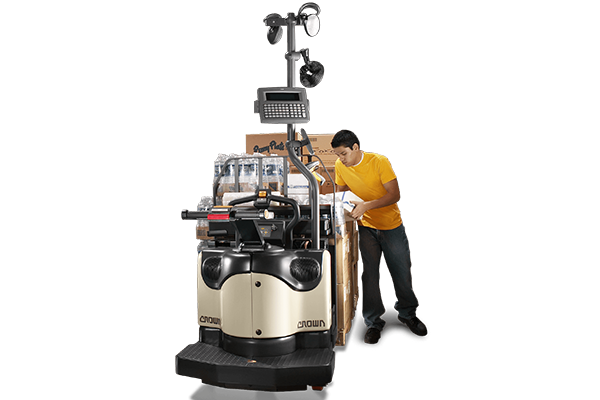 BX Series AC-powered forklifts
BX Series AC-powered forklifts
End rider built for harsh environments.
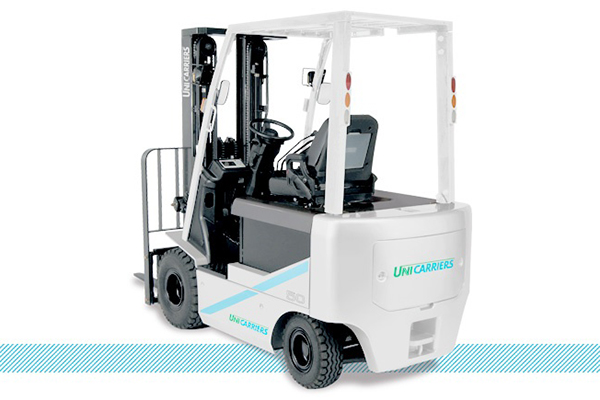 DT301X rugged tablet
DT301X rugged tablet
Thermal sensors alert operator to potential overheating.
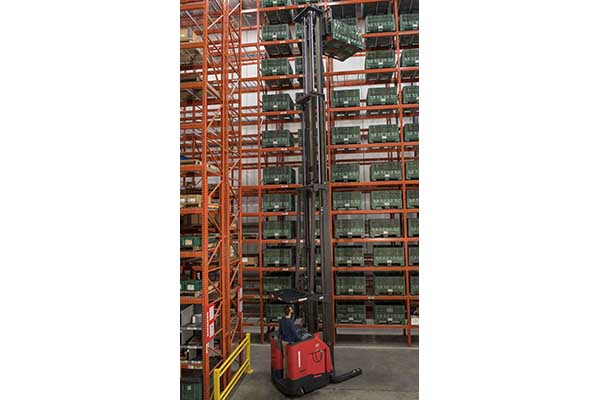 High-capacity Reach-Fork truck
High-capacity Reach-Fork truck
Take full pallets up to 542 inches.
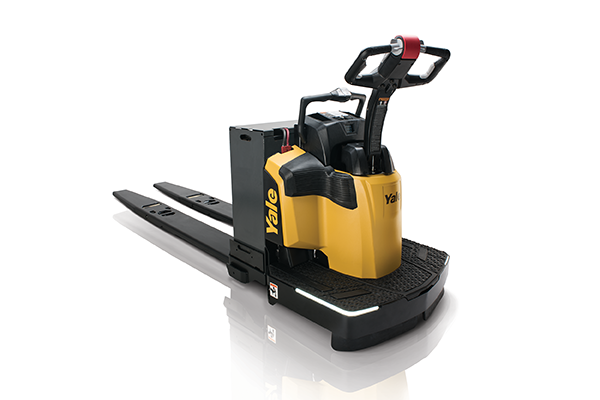 MPE060-080VH End Rider Pallet Truck
MPE060-080VH End Rider Pallet Truck
Boost order picking productivity, slash cost of operation.
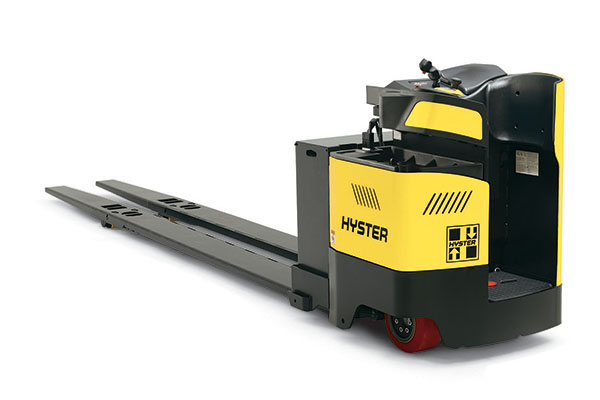 BE80ZHD and BE100ZHD enclosed end rider series
BE80ZHD and BE100ZHD enclosed end rider series
Enclosed end-rider transports heavy loads through narrow aisles.
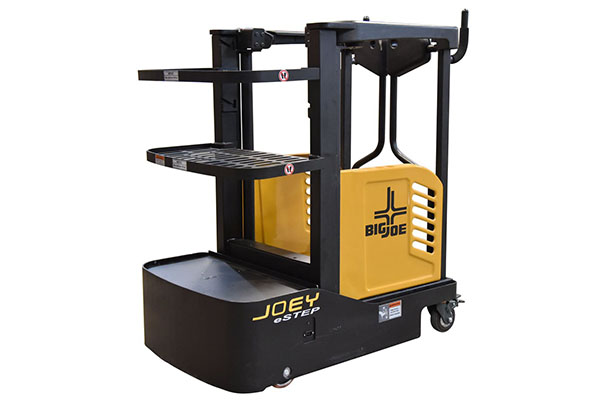 Joey eStep semi-electric access vehicle
Joey eStep semi-electric access vehicle
Vehicle with powered lift provides alternative to low-level ladders.

Article Topics
Blogs News & Resources
Two voices of reason on pallet materials 60 Seconds with Bob Trebilcock, outgoing executive editor, Modern Materials Handling Learn from lift truck service history The reBound Podcast: How Pitney-Bowes is innovating with autonomous vehicles. Packaging Corner: Be open to change 60 Seconds with Robert Martichenko of American Logistics Aid Network The reBound Podcast: Looking for talent in all the right places: How Essendant is revolutionizing recruitment More BlogsLatest in Materials Handling
Beckhoff USA opens new office in Austin, Texas Manhattan Associates selects TeamViewer as partner for warehouse vision picking ASME Foundation wins grant for technical workforce development The (Not So) Secret Weapons: How Key Cabinets and Asset Management Lockers Are Changing Supply Chain Operations MODEX C-Suite Interview with Harold Vanasse: The perfect blend of automation and sustainability Consultant and industry leader John M. Hill passes on at age 86 Registration open for Pack Expo International 2024 More Materials HandlingSubscribe to Materials Handling Magazine

Find out what the world's most innovative companies are doing to improve productivity in their plants and distribution centers.
Start your FREE subscription today.
April 2024 Modern Materials Handling

Latest Resources










